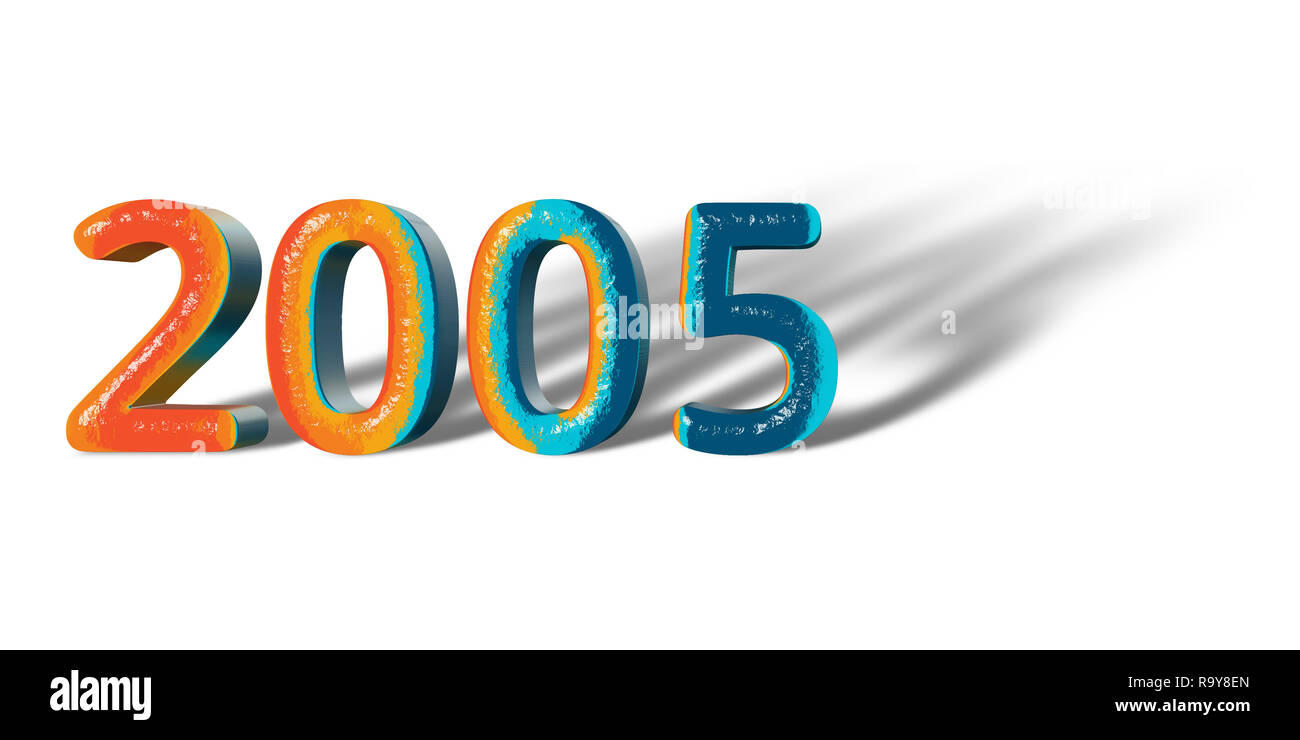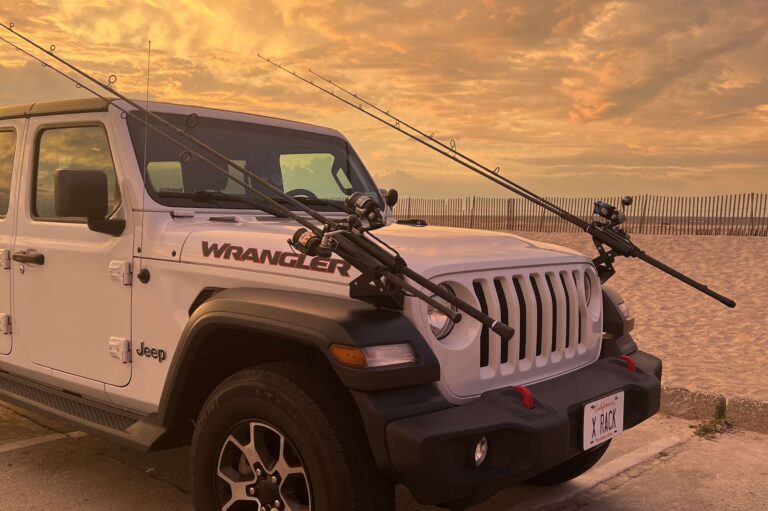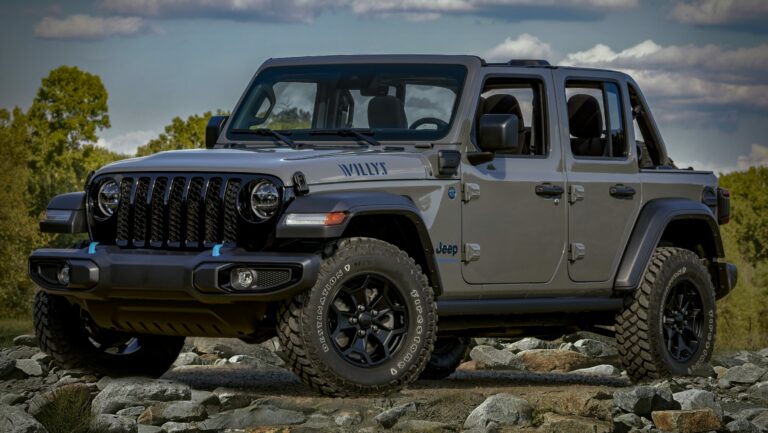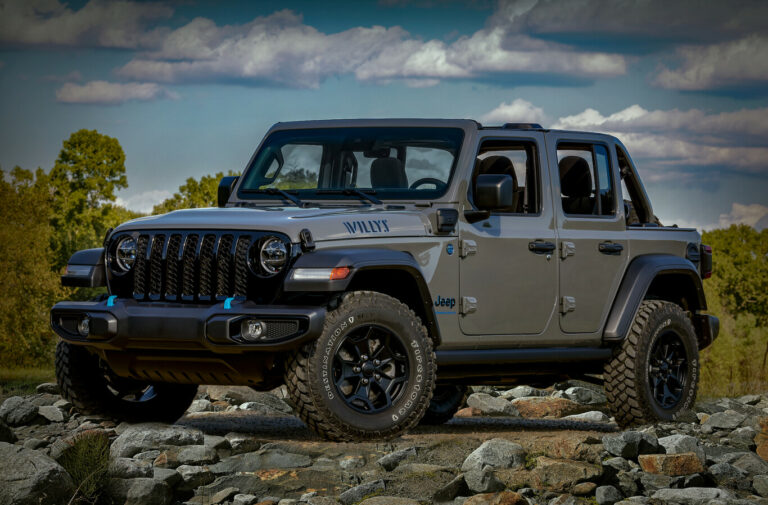2005 Jeep Grand Cherokee Radiator: Your Comprehensive Guide to Cooling System Health
2005 Jeep Grand Cherokee Radiator: Your Comprehensive Guide to Cooling System Health jeeps.truckstrend.com
The 2005 Jeep Grand Cherokee, a beloved member of the WJ generation, is renowned for its rugged capability and comfortable ride. Whether you own the V6, the robust 4.7L V8, or the powerful 5.7L Hemi, the heart of its reliable performance lies in its engine’s ability to maintain optimal operating temperatures. At the core of this critical function is the radiator. Far more than just a metal box, the radiator is an indispensable component of your vehicle’s cooling system, acting as its primary heat exchanger. Without a properly functioning radiator, your 2005 Grand Cherokee faces the imminent threat of overheating, which can quickly lead to severe engine damage, costly repairs, and even complete engine failure. Understanding the role, common issues, maintenance, and replacement of your 2005 Jeep Grand Cherokee radiator is paramount to ensuring the longevity and continued performance of your vehicle.
The Crucial Role of the Radiator in Your 2005 Jeep Grand Cherokee
2005 Jeep Grand Cherokee Radiator: Your Comprehensive Guide to Cooling System Health
The engine in your 2005 Jeep Grand Cherokee generates a tremendous amount of heat during operation. If this heat is not dissipated efficiently, engine components can warp, seals can fail, and lubricants can break down, leading to catastrophic internal damage. This is where the cooling system, spearheaded by the radiator, comes into play.
The process begins with the water pump, which circulates coolant (a mixture of antifreeze and water) through channels within the engine block and cylinder heads. As the coolant passes through these channels, it absorbs heat. The now hot coolant then flows into the radiator through the upper radiator hose.
The radiator itself is essentially a large heat exchanger made of a core, typically composed of numerous thin metal fins and tubes. As the hot coolant flows through these tubes, air passes over the fins, facilitated by the vehicle’s forward motion and/or an electric or mechanical cooling fan. This airflow draws heat away from the coolant and dissipates it into the atmosphere. The now-cooled coolant then exits the radiator via the lower radiator hose and returns to the engine to repeat the cycle. Many 2005 Grand Cherokee radiators also integrate a separate, smaller cooler for the automatic transmission fluid, ensuring that the transmission operates at safe temperatures as well. This continuous heat transfer process is vital for maintaining the engine’s optimal operating temperature, typically between 195-220°F (90-105°C), preventing overheating and maximizing efficiency.
Common Symptoms of a Failing 2005 Jeep Grand Cherokee Radiator
Recognizing the early warning signs of a failing radiator can save you from significant repair costs and roadside breakdowns. Pay close attention to the following indicators:
- Engine Overheating: This is the most obvious and dangerous symptom. Your temperature gauge will rise into the red zone, and you might see the "CHECK GAUGES" light illuminate. Steam or smoke may also emanate from under the hood.
- Coolant Leaks: Puddles of green, orange, or pink fluid (depending on your coolant type) under your parked vehicle are a tell-tale sign. Leaks can occur from cracks in the plastic tanks, corrosion in the core, or loose hose connections.
- Low Coolant Levels: If you frequently need to add coolant to your reservoir, it indicates a leak somewhere in the system, and the radiator is a common culprit.
- Discolored or Sludgy Coolant: Healthy coolant should be vibrant and clean. If it appears rusty, oily, or contains sediment, it suggests internal corrosion or a breach (like a head gasket failure), which can also clog the radiator.
- Damaged Radiator Fins: Visually inspect the radiator through the grille. Bent, corroded, or clogged fins reduce the radiator’s ability to dissipate heat.
- Repeated Fan Operation: If your cooling fan seems to be running constantly, even at highway speeds or in mild temperatures, it could be struggling to cool an inefficient radiator.


Diagnosing Radiator Issues
While symptoms point to a problem, accurate diagnosis is key.
- Visual Inspection: Start by looking for visible leaks around the radiator core, tanks, and hose connections. Check for corrosion, damage to the fins, or bulges in the plastic tanks.
- Coolant Level and Condition: Open the coolant reservoir and check the level. If low, top it off and observe if it drops again quickly. Note the color and clarity of the coolant.
- Pressure Test: A cooling system pressure tester can simulate normal operating pressure, revealing leaks that might not be apparent at rest. This is often the most reliable way to find small leaks.
- Temperature Gauge Monitoring: Observe your temperature gauge during different driving conditions – city, highway, idling. Spikes or consistent high readings indicate a cooling problem.

Types of Radiators for the 2005 Jeep Grand Cherokee
When it comes to replacement, you generally have a few options:
- OEM (Original Equipment Manufacturer): These are radiators made by the same manufacturer that supplied Jeep for your vehicle. They offer a guaranteed fit and performance but are typically the most expensive.
- Aftermarket (Standard): Produced by various manufacturers, these are designed to meet or exceed OEM specifications. They are a popular choice due to their balance of cost and quality. Most standard aftermarket radiators for the 2005 Grand Cherokee will feature an aluminum core with plastic end tanks.
- Aftermarket (Heavy-Duty/All-Aluminum): For those seeking enhanced cooling performance, especially in hot climates, for towing, or off-roading, all-aluminum radiators are available. These eliminate the plastic end tanks, which are common failure points, and often have larger capacities for improved heat dissipation. They are generally more expensive than standard aftermarket options but offer superior durability.
Crucially, ensure the replacement radiator is specifically designed for your 2005 Grand Cherokee’s engine size (3.7L, 4.7L, or 5.7L) and transmission type (automatic transmissions require an integrated transmission cooler).
Replacing the 2005 Jeep Grand Cherokee Radiator: A Step-by-Step Overview
Replacing a radiator can be a moderately challenging DIY task, but it’s manageable for those with mechanical experience and the right tools. If you’re unsure, professional installation is always recommended.
Tools and Supplies Needed:
- New radiator (correct for your engine/transmission)
- New coolant (correct type for Mopar vehicles, typically HOAT or OAT – check your owner’s manual)
- Drain pan
- Pliers, various wrenches/sockets
- Screwdrivers
- Hose clamp pliers (optional, but helpful)
- Funnel for refilling coolant
- Gloves and safety glasses
General Steps:
- Safety First: Ensure the engine is completely cool. Disconnect the negative battery terminal. Jack up the front of the vehicle and support it securely with jack stands.
- Drain Coolant: Place your drain pan under the radiator drain petcock (usually at the bottom corner). Open the petcock and allow all coolant to drain.
- Remove Fan Shroud and Fan(s): Disconnect any electrical connectors for the electric fan. Remove mounting bolts/clips for the fan shroud and carefully lift it out. If you have a mechanical fan, you’ll need a special wrench to unbolt it from the water pump.
- Disconnect Hoses: Use pliers to loosen hose clamps on the upper and lower radiator hoses. Carefully twist and pull the hoses off the radiator.
- Disconnect Transmission Cooler Lines (if applicable): For automatic transmissions, carefully disconnect the two transmission cooler lines from the radiator. Be prepared for a small amount of fluid to drip.
- Remove Mounting Bolts/Clips: Locate and remove the bolts or clips securing the radiator to the vehicle’s frame.
- Extract Old Radiator: Carefully lift the old radiator straight up and out of the engine bay. Be mindful of any sharp edges or remaining fluid.
- Install New Radiator: Lower the new radiator into position, ensuring it seats correctly in its mounts.
- Reconnect Everything: Reattach the mounting bolts/clips, transmission cooler lines, radiator hoses (replacing old, brittle hoses is highly recommended), and fan shroud/fan assembly. Reconnect electrical connectors.
- Refill and Bleed: Close the radiator drain petcock. Using a funnel, slowly refill the radiator and coolant reservoir with the correct type of new coolant. Start the engine with the heater on full blast and the radiator cap off. Allow the engine to reach operating temperature, watching for air bubbles to escape. Top off coolant as needed. This "bleeding" process removes trapped air from the system.
- Final Checks: Once the system is bled, put the radiator cap back on. Let the engine cool down, then recheck the coolant level in the reservoir and top off if necessary. Drive the vehicle and monitor the temperature gauge for a few days, checking for any leaks.
Maintenance Tips for Your 2005 Jeep Grand Cherokee Cooling System
Proactive maintenance is the best defense against radiator failure:
- Regular Coolant Flushes: Follow Jeep’s recommended service intervals (typically every 5 years or 100,000 miles for original HOAT coolant, but check your owner’s manual). Regular flushes remove old, corrosive coolant and sediment that can clog the radiator.
- Inspect Hoses and Clamps: Periodically check radiator hoses for cracks, bulges, or softness. Ensure hose clamps are tight.
- Check Coolant Levels: Regularly inspect the coolant level in the reservoir. A consistently low level is an early warning sign of a leak.
- Clean Radiator Fins: Carefully use a soft brush, compressed air, or a gentle stream of water to remove debris (leaves, bugs, dirt) from the radiator fins. Blocked fins impede airflow and reduce cooling efficiency.
- Address Small Leaks Promptly: Don’t ignore minor leaks. They will only worsen over time and can lead to more significant damage.
- Use the Correct Coolant: Always use the type of coolant specified by Chrysler/Jeep for your 2005 Grand Cherokee. Mixing incompatible coolants can lead to corrosion and system damage.
Important Considerations When Purchasing a Replacement Radiator
- Engine Specificity: The 3.7L V6, 4.7L V8, and 5.7L Hemi engines use different radiators due to varying cooling demands and physical dimensions. Double-check compatibility.
- Transmission Cooler: Ensure the radiator includes the necessary connections for your automatic transmission’s integrated cooler.
- Material and Construction: Decide between standard plastic/aluminum or upgrade to an all-aluminum unit based on your needs and budget.
- Brand Reputation and Warranty: Opt for reputable brands that offer a warranty on their products. This provides peace of mind.
- Price vs. Quality: While it’s tempting to go for the cheapest option, remember that a radiator is a critical component. Investing in a quality part can prevent future headaches.
Price Table: 2005 Jeep Grand Cherokee Radiator Options
Prices are estimates and can vary significantly based on brand, retailer, sales, and geographical location. Professional installation costs are additional.
| Radiator Type | Material/Construction | Estimated Price Range (USD) | Key Features/Notes |
|---|---|---|---|
| Aftermarket (Standard) | Aluminum Core / Plastic Tanks | $80 – $200 | Most common replacement. Good balance of cost and performance. Integrated transmission cooler. |
| Aftermarket (Heavy-Duty) | All-Aluminum Core & Tanks | $250 – $450 | Enhanced durability and cooling efficiency. Ideal for towing, off-roading, hot climates. |
| OEM (Original Equipment) | Aluminum Core / Plastic Tanks | $300 – $600+ | Exact fit and performance as factory. Often comes with a Mopar warranty. |
| Professional Installation | Labor Only | $200 – $500 | Varies by shop and region. Includes labor, coolant, and possibly system flush. |
Note: These prices do not include sales tax, shipping, or the cost of new coolant, hoses, or other related parts.
Frequently Asked Questions (FAQ)
Q: How long do 2005 Grand Cherokee radiators typically last?
A: With proper maintenance, an OEM radiator can last 10-15 years or 100,000-150,000 miles. Aftermarket units can vary but generally last 5-10 years. Factors like climate, driving habits, and maintenance play a huge role.
Q: What kind of coolant should I use in my 2005 Jeep Grand Cherokee?
A: Chrysler/Jeep typically specified an OAT (Organic Acid Technology) or HOAT (Hybrid Organic Acid Technology) coolant for this era. It’s crucial to use the correct type to prevent corrosion and maintain system integrity. Always refer to your owner’s manual or consult a Mopar parts specialist. Mixing coolant types can lead to system contamination and damage.
Q: Can I drive with a leaking radiator?
A: No. Driving with a leaking radiator is extremely risky. Even a small leak can quickly lead to overheating, causing severe and irreversible engine damage. Pull over immediately if your temperature gauge rises into the red or you see steam.
Q: Is it difficult to replace a radiator on a 2005 Grand Cherokee?
A: It’s a moderately challenging DIY job. It requires draining fluids, disconnecting hoses and lines, removing fans/shrouds, and properly bleeding the system. If you’re not comfortable with automotive repairs, it’s best left to a professional.
Q: What’s the difference between an OEM and an aftermarket radiator?
A: OEM radiators are made by the original equipment manufacturer that supplied Jeep, ensuring an exact fit and performance. Aftermarket radiators are made by other companies and are designed to be compatible. Aftermarket options can be more affordable, and some heavy-duty options may even offer improved performance over OEM.
Q: My new radiator is leaking after replacement. What could be wrong?
A: Double-check all hose connections and clamps for tightness. Ensure the drain petcock is fully closed. Inspect the new radiator for any manufacturing defects (though rare). It’s also possible that another component, such as a hose, water pump, or thermostat housing, has developed a leak, which might have been masked by the old radiator’s issue.
Conclusion
The radiator in your 2005 Jeep Grand Cherokee is a silent workhorse, tirelessly protecting your engine from the destructive forces of excessive heat. Understanding its function, recognizing the signs of failure, and committing to proactive maintenance are crucial steps in preserving the life and performance of your WJ Grand Cherokee. Whether you opt for a DIY replacement or professional service, prioritizing the health of your cooling system will ensure that your trusty Jeep continues to conquer roads and trails for many years to come, keeping you cool and collected on every adventure.





